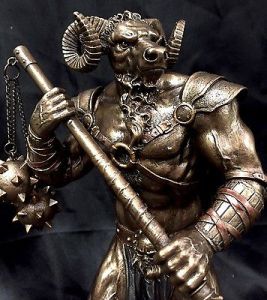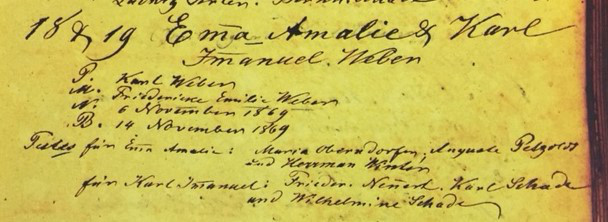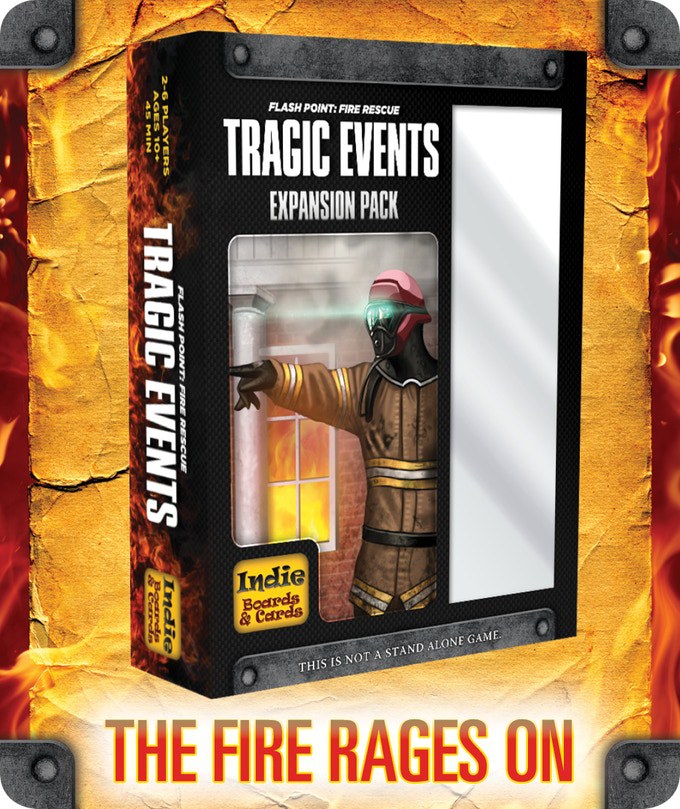If you have not already, please visit my award-winning Flash Fiction here, here and here. While you are there, take a moment to browse around the community at WOW; enter a contest, take a course and read their informative blog. Without hyperbole, they are as supportive and encouraging a group as any that a new writer will ever find.

A Minotaur is fresh to some readers, but still recognizable.
When I first wrote Olivia of Olympus, I thought I was being original. After years of experiencing Dystopian YA fiction through the eyes of my students, I had begun to question why those familiar tropes should not instead be applied to existing legends. After all, it was the Norse and the Romans who first told tales of young heroes being pitted against impossible trials. It was the Greeks who proposed a society where women were freed, but at the cost of their lovers being killed and their sons enslaved. And when Zeus defied his wife, Hera, to express his overwhelming love for the human girl, Alcmene… well, a story like that has to give even Bella Swan a run for her mournful money.
Unfortunately, my first draft of Olivia was for the 3-day novel contest, so I didn’t spend a lot of time pursuing every author’s earliest priority: research. I didn’t discover until later that Rick Riordan’s runaway Percy Jackson series also features smart-mouthed teenagers besting the Olympian gods. Discovering his series affirmed my efforts, but at the same time made them seem redundant, despite the many differences in my own genre and concept. It turns out that originality is not all that it’s cracked up to be.
Probably to imagine myself in good company, I decided to recommend a Young Adult novel that also relies on existing mythology. Because it is from an author “down under,” it’s possible that it will be new to my primarily American followers.
Fire in the Sea by Myke Bartlett This is an outstanding adventure set in a town near Perth, which features a visit from not only our bull-headed old Greek friend, the Minotaur, but also fresh reinterpretations of immortals who are vaguely Atlantean in nature. Bartlett uses these devices to drive a plot around sixteen-year-old Sadie, who saves the life of an old man and is surprised to become his inheritor… surprised, that is, until the palpitations really hit from her discovery that he has been reincarnated (sort of) as a younger, much more attractive boy. While skeptical noses are probably catching the musky whiff of paranormal romance in the air, the resolution of the story does as much to flip that script as it does to weave a thread of nobility into the futility of our mortal existence.
This is an outstanding adventure set in a town near Perth, which features a visit from not only our bull-headed old Greek friend, the Minotaur, but also fresh reinterpretations of immortals who are vaguely Atlantean in nature. Bartlett uses these devices to drive a plot around sixteen-year-old Sadie, who saves the life of an old man and is surprised to become his inheritor… surprised, that is, until the palpitations really hit from her discovery that he has been reincarnated (sort of) as a younger, much more attractive boy. While skeptical noses are probably catching the musky whiff of paranormal romance in the air, the resolution of the story does as much to flip that script as it does to weave a thread of nobility into the futility of our mortal existence.
Now a Melbournite, Bartlett won the Text Prize for this novel, which not only earned him publication, but kicked off his writing career in earnest. When I selected the novel to study with my class, most of them were between the ages of 14 and 15, and I didn’t feel that the weaker readers among them were up to the cognitive load of understanding the entirely “new worlds” so popular in much of their fiction. By basing the world of his immortals on recognizable myths, which we could study separately as background, Bartlett left the room they needed in their brain-chambers to appreciate the humor and lyricism of his prose, and to absorb some of the ideals that counterpoint omnipotence against the less obvious powers of loyalty and companionship.
While alternate realities or post-apocalyptic societies may better suit the tastes of slightly older readers, these fifteen-year-olds embraced a novel that averted just such an apocalypse in their own recognizable world. Targeting that age group is largely a matter of balancing familiarity with originality: and, like any balancing act, it will topple for some readers.
At least they’re working with a net.
– Comments welcome on this last entry
in the “Right Age” series on Words from K. Alan.
Advertisements Share this:





